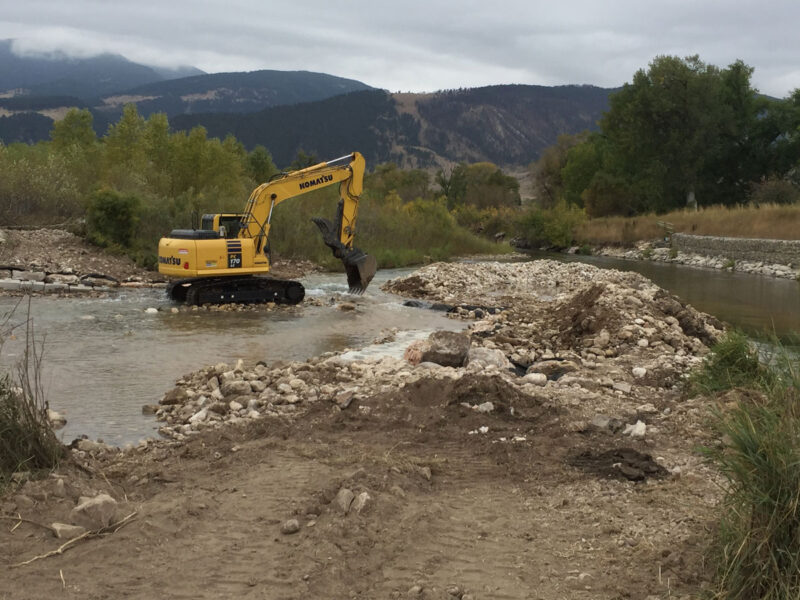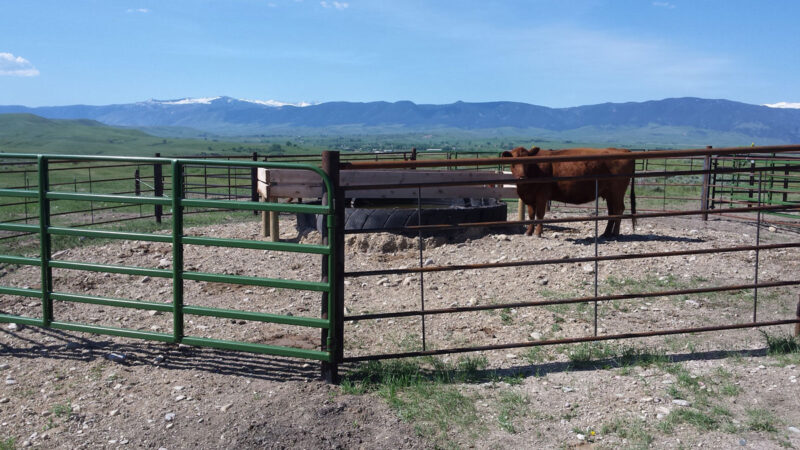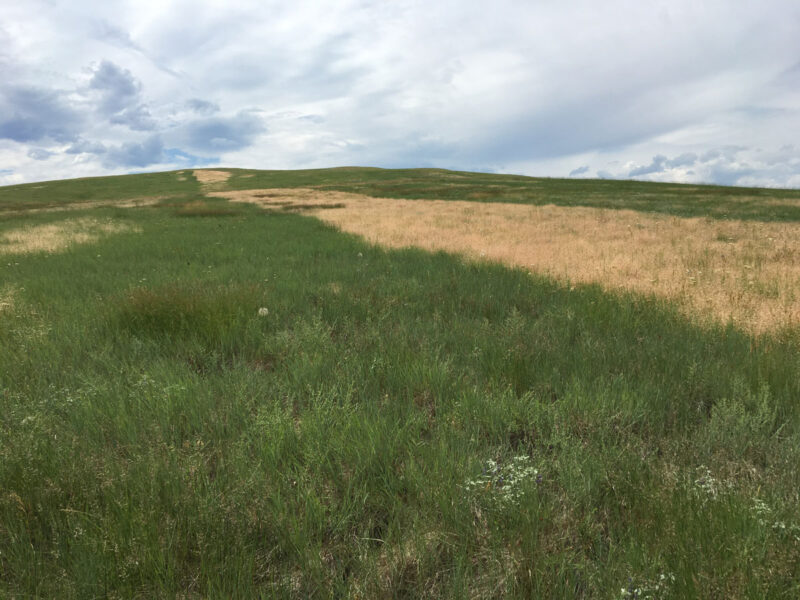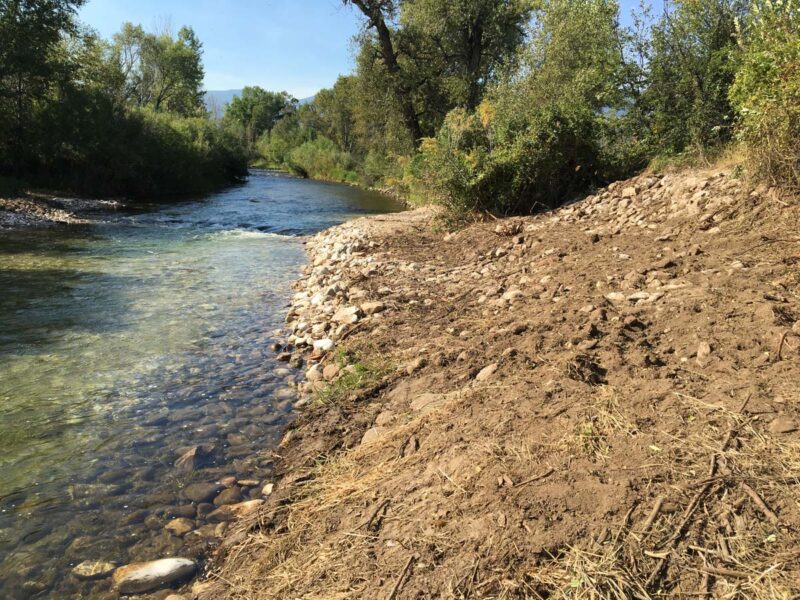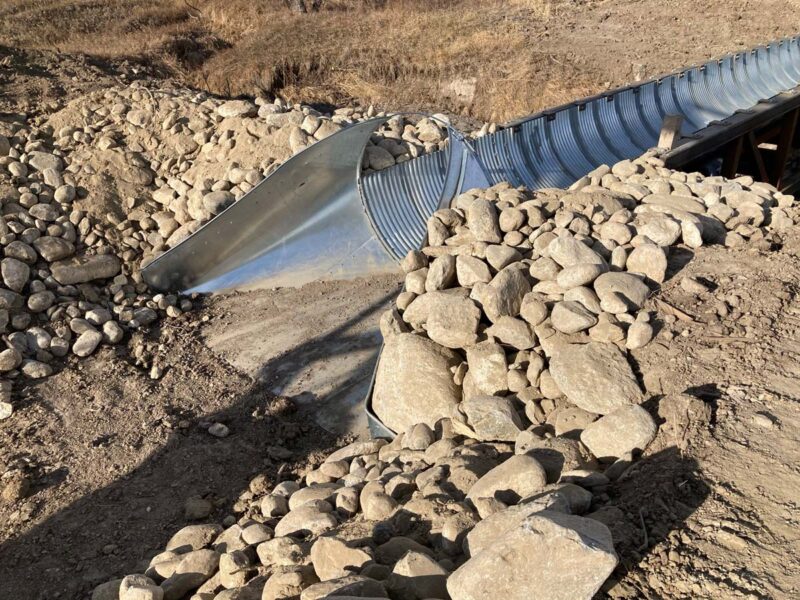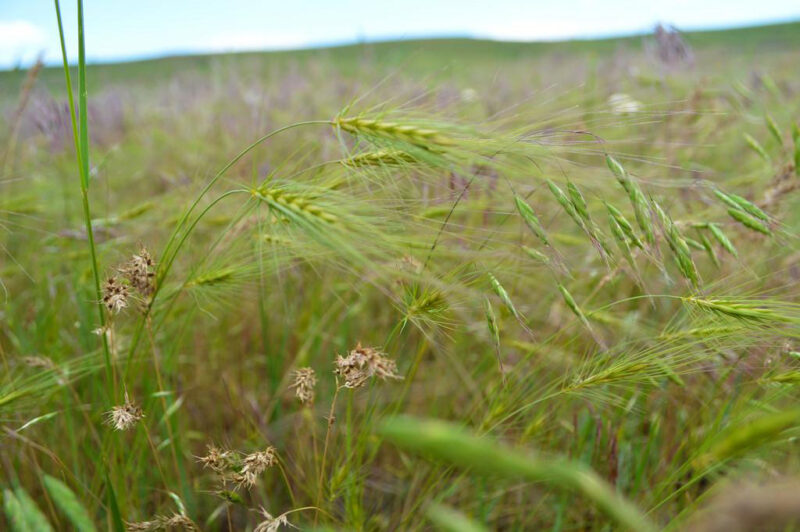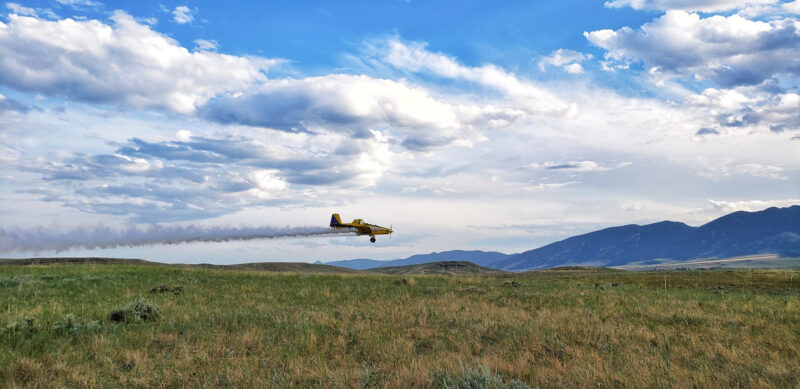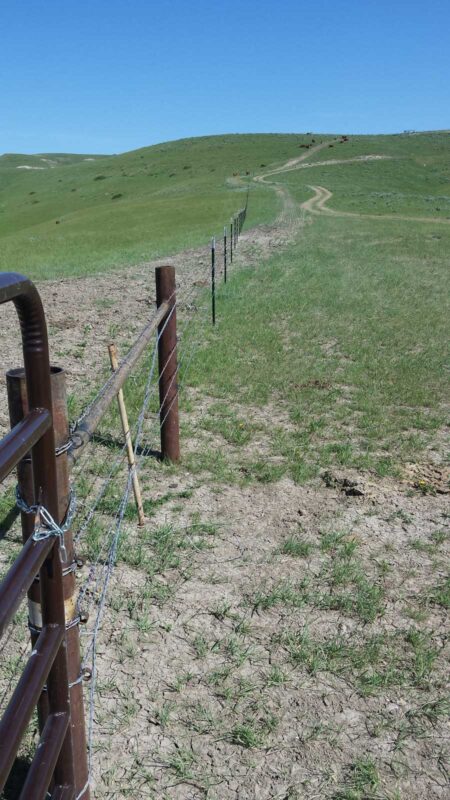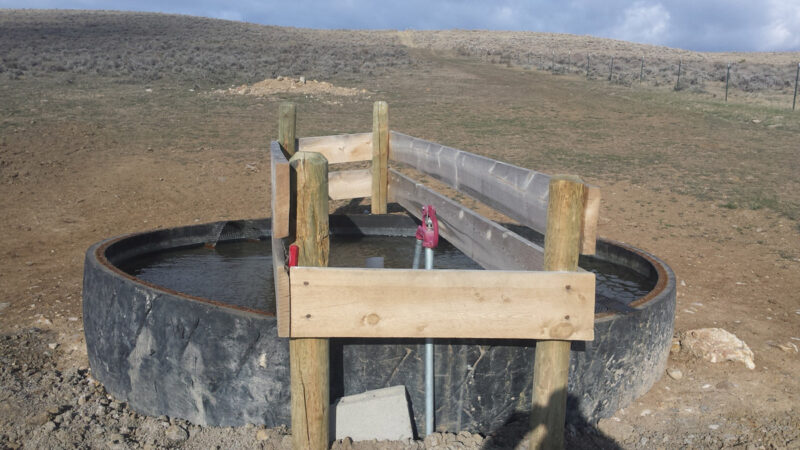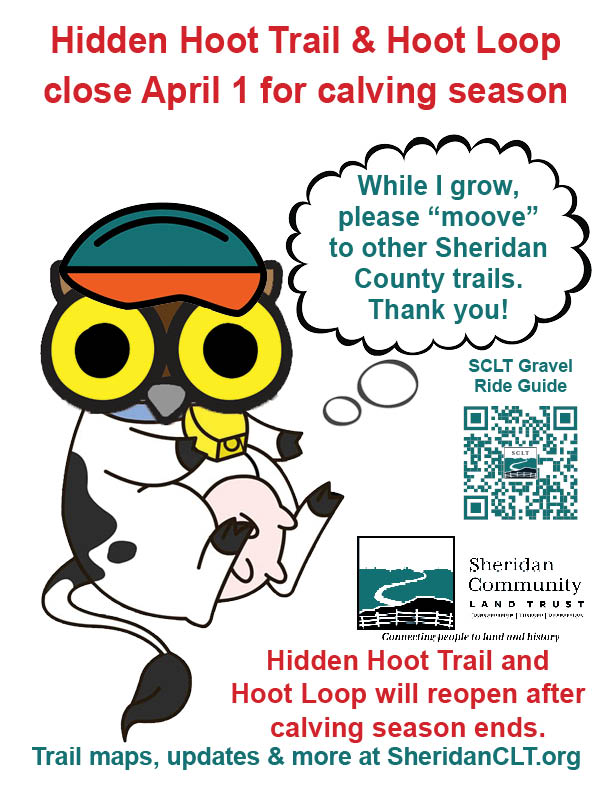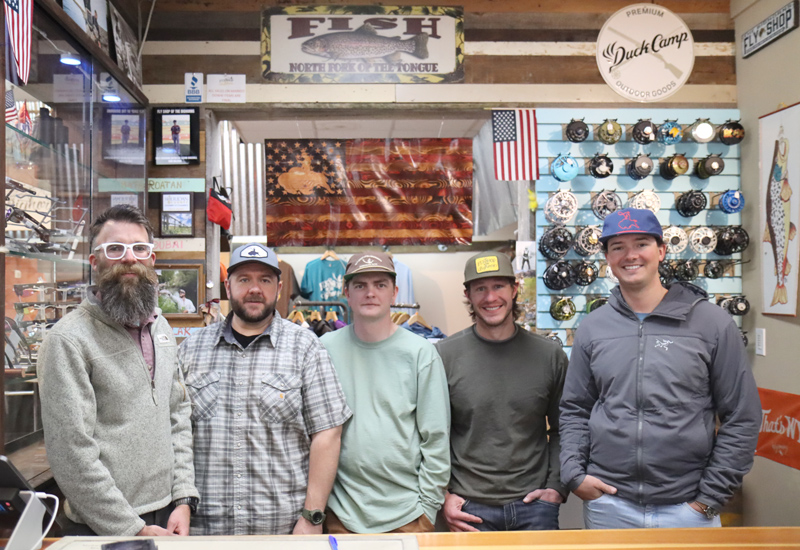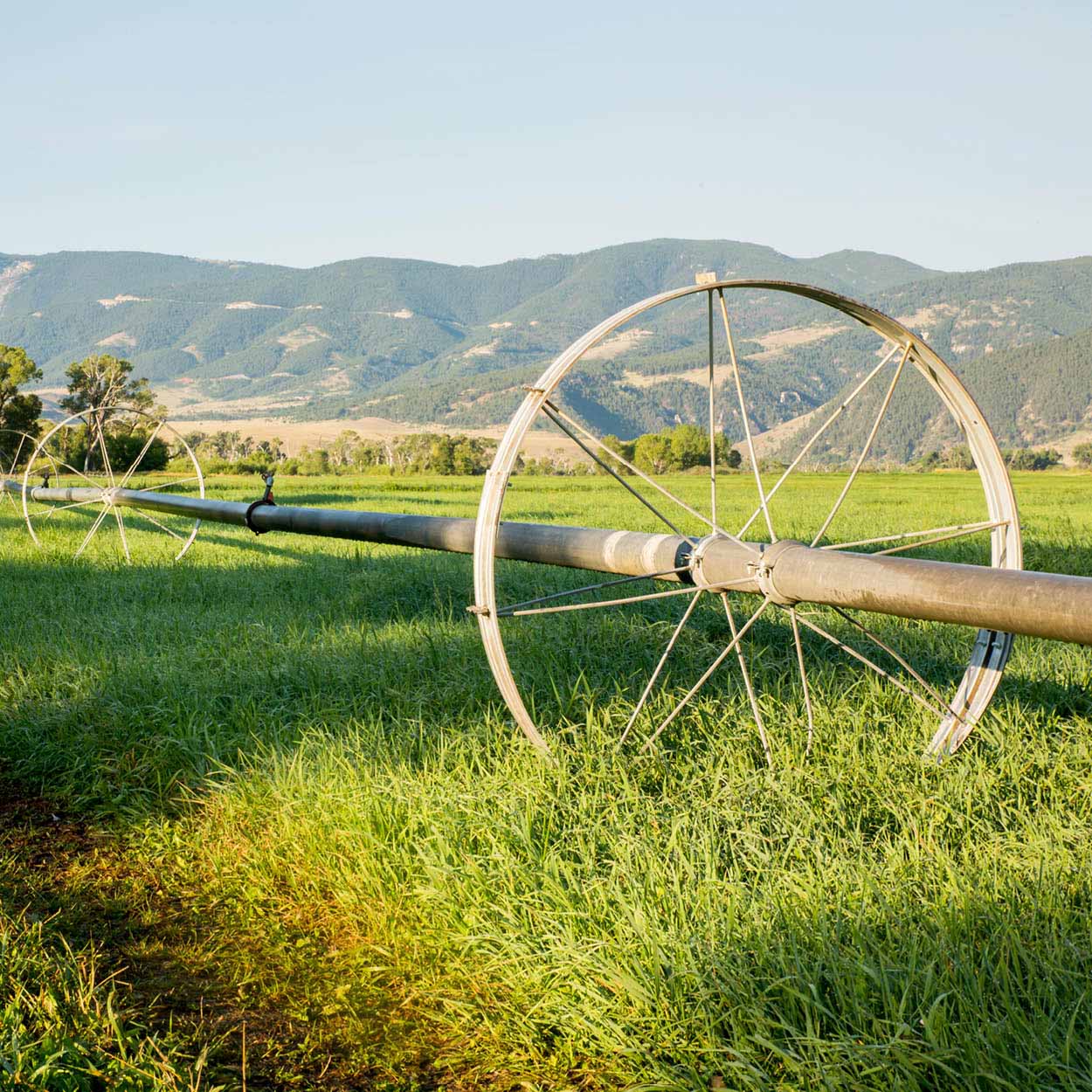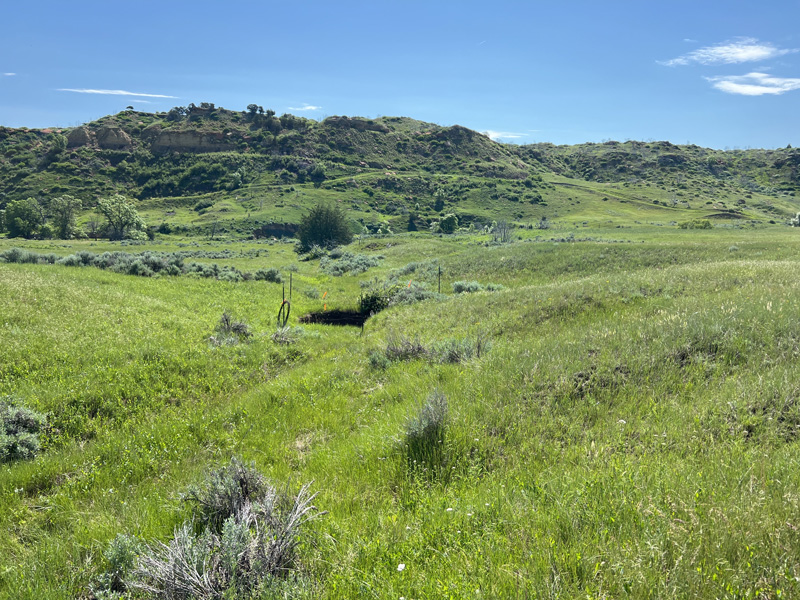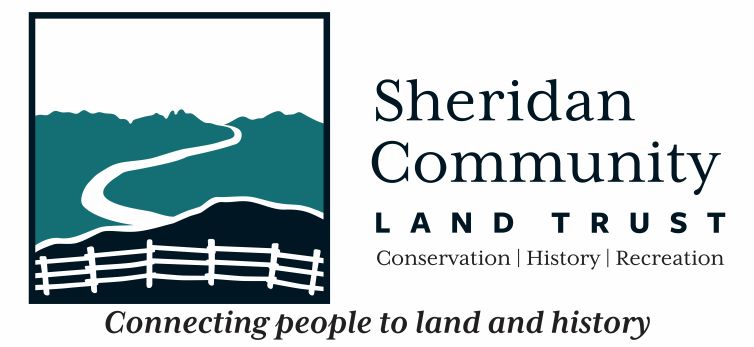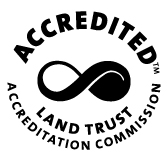Attention ag landowners and producers: Would you like to make sure more water gets from your ditch to your crops and pastures? Suppress harmful invasive plants and grasses? Get you stream headgate back in the stream and more water out of your eroding ditch and on to your field? Make it easier for your stock to move to the right pasture at the right time?
If you said “Yes” to any of those questions, Sheridan County USDA Natural Resource Conservation Service (NRCS) and Sheridan County Conservation District may be able to help at a much lower cost to you than going it alone.
The Upper Tongue River Watershed Regional Conservation Partnership Program is currently accepting applications for projects in the Tongue River, Goose Creek and Prairie Dog Creek watersheds in Sheridan County. Qualifying projects will help producers improve their land and their operation while improving water quality close to home.
Andrew Cassiday of Sheridan County USDA NRCS said a wide array of options are available to eligible landowners and producers. “The primary focal areas are water quality and wildlife habitat, but many project types can achieve those benefits,” he relayed.
Among those are projects that focus on stream corridor and stream channel restoration which can help raise water levels so in-stream headgates can divert water more effectively while minimizing the need for regular channel modifications, so the quantity of water remains greater throughout the year.
Similarly, he said, ag landowners and producers can qualify for projects that distribute water for livestock strategically across pastures or reduce impacts to streams or riparian areas from livestock use. Some of those projects include watering hubs and pipelines for supply and drink tanks and fencing to make rotational grazing easier to manage.
Cassiday said rotational grazing allows for “longer rest and recovery periods for pastures after grazing” and also makes it easier to vary which seasons a pasture is used so “the same plants don’t get grazed at the same time of year, every year.”
Invasive plant suppression projects which target species like Ventenata and medusahead also qualify for funding. Typically, those suppression applications are now done by helicopter with an appropriate annual grass herbicide. Cassiday explained, “It’s higher precision due to lower application speed and more efficient because they can stage water and chemical on site.”
Similarly, projects that mechanically remove woody invasives like Russian olive also qualify.
Funds aren’t reserved solely for projects on land that sits beyond city limits. Cassiday said some in-town agriculture can qualify for funding, depending on a project’s scope. “The definition of agriculture continues to evolve, is much broader, often smaller, and takes in more people than it used,” he affirmed.
However, one thing is required: applicants must have their ag operation registered with the Farm Service Agency. “As our historic sister agency, they handle applicant and land eligibility,” Cassiday stated, adding that the Sheridan County USDA NRCS office receives applications, conducts project evaluations, planning and design.
To find out what will work for your land and your operation, contact Andrew Cassiday with the USDA NRCS, Sheridan Field Office, 307-683-4192 or [email protected] today.
Applications are due March 17.
The Upper Tongue River Watershed Regional Conservation Partnership Program project was developed as a partnership among The Nature Conservancy, the Sheridan Community Land Trust, the Sheridan County Conservation District, the Wyoming Game and Fish Department, Sheridan County USDA NRCS and other partners.

